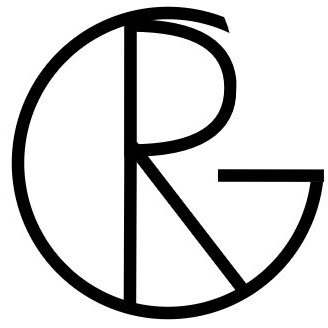If you know how your clothes are made you probably also know that the fashion industry is very exploitative towards its workers. But do you know to what extent?
We think of slavery in the historical sense. As a terrifying event that happened centuries ago.

The Gov.UK defines modern slavery as “the recruitment, movement, harboring or receiving of children, women, or men through the use of force, coercion, abuse of vulnerability, deception, or other means for the purpose of exploitation”. It can include forced labor, debt bondage, human trafficking, forced marriage, child labor, or servitude. All these horrible conditions are possible through the lack of transparency throughout the supply chain and the illegal work practices.
Modern slavery is to many different industries including agriculture, fashion, and technology.
The fashion industry is the second-largest contributor to modern slavery, right after the technology industry. Slavery in the fashion industry takes place in different stages. It can appear during the harvesting of cotton, the spinning of yarn, or the sewing of garments. It even has been noticed during the modeling of the final product.
The Global Slavery Index 2018 reveals that 125 billion dollars of garments that were imported by countries like the United States, Australia, and Germany were made through some form of slavery. According to the same report North Korea, Eritrea, and Burundi have the highest modern slavery rate. However, reports from India and Bangladesh (Rana Plaza) also have exposed inhuman working environments.
The fashion supply chain is huge which makes it difficult to pinpoint where the issues lie and which fashion brands and companies are responsible. The lack of control and transparency makes exploitative and illegal practices go unnoticed.
So, how do we solve this issue?
The blame for these horrible events and conditions is often put on the countries where these issues take place. Western countries urge these countries to take responsibility and eliminate slavery. However, modern slavery is a complex issue and requires global action to eradicate. We need policies and regulations to ensure safe working conditions. It is unfair to put the blame only on the countries affected when the Western countries are the biggest consumers. Even we, as individuals (un)knowingly support modern slavery by buying fast fashion.
But there are some things that we can do.
Transparency is incredibly important, which is why we should look for brands that are transparent and traceable. You can take a look at the transparency index of Fashion Revolution to find such brands.
Moreover, do your own research into brands. This way you find good brands, but you are also way more conscious about what you buy. Take a look at a previous post “7 websites for a sustainable closet”.
This topic is rather complex, extensive, and needs to be handled with care. Therefore, I highly recommend doing further research. I will link some extra websites and foundations below so you can read them for yourself.
Further readings:




